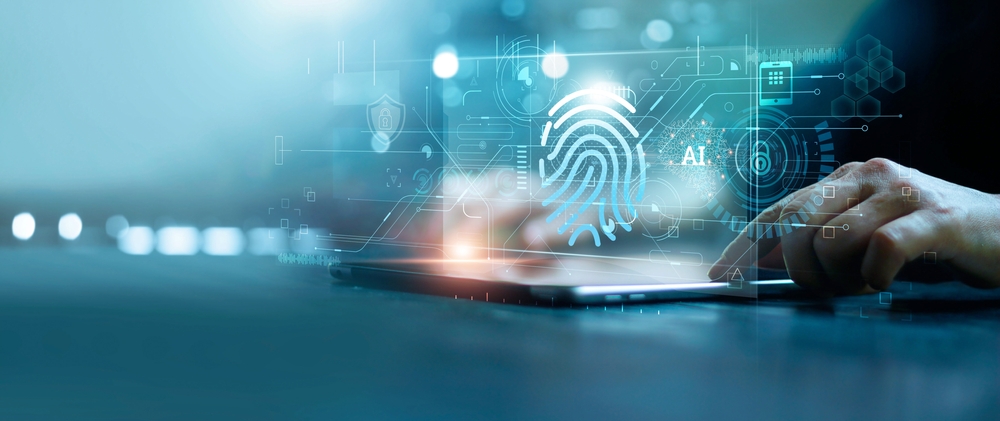La red neuronal implementada en la novena versión de nuestro SAID (AFIS) ayudó a automatizar una etapa del trabajo que tradicionalmente se consideraba manual: la revisión de las listas de candidatos generadas como resultado de las búsquedas automáticas en el SAID (AFIS).
La inteligencia artificial realiza el trabajo de un perito de manera incomparablemente más rápida y sin los errores causados por el factor humano. Solo en la última fase de análisis, se requiere la participación del experto: la revisión de los candidatos propuestos por la red neuronal, cada uno de los cuales tiene una alta probabilidad de ser «nativo».
La dirección del departamento de dactiloscopia del Centro de Ciencias Forenses del Ministerio del Interior de la República de Crimea confirmó que PAPILLON-9 Neuro permite:
- Reducir en diez veces los costos laborales asociados con la revisión de las listas de candidatos
- Disminuir la posibilidad de omitir a un candidato «nativo»
- Identificar huellas latentes a través de un candidato que se encuentra en una zona de los resultados de búsqueda no disponible para la visualización, lo que aumenta la eficacia del uso del SAID (AFIS)
Gracias a la implementación del software desarrollado por Papillon, los peritos del Centro de Ciencias Forenses del Ministerio del Interior de la República de Crimea lograron obtener varias identificaciones significativas, incluidas algunas de años anteriores, que contribuyeron a la resolución de delitos en la península.
El nuevo software PAPILLON-Neuro, que permite la adquisición rápida de identificaciones adicionales de huellas latentes, fue creado sobre la base de redes neuronales profundas para analizar las listas de candidatos generadas por el SAID (AFIS).
Los algoritmos de PAPILLON-Neuro utilizan características adicionales de los dibujos papilares en las comparaciones, funcionando como operadores cuando los expertos verifican visualmente los candidatos seleccionados por el sistema.
PAPILLON-Neuro revisa las listas de candidatos hasta cualquier profundidad preestablecida (incluyendo la 256ª posición), encontrando y ofreciendo al experto las huellas más similares desde el punto de vista de la red neuronal, cuyo análisis tiene alta probabilidad de lograr la identificación.
PAPILLON-Neuro reduce significativamente los costos laborales asociados con el análisis de las partes visibles de las listas de candidatos, aumenta la fiabilidad y precisión del sistema en términos de identificación de huellas latentes menos informativas y objetivamente confusas, encuentra candidatos «nativos» en posiciones invisibles de las listas y permite obtener resultados inaccesibles para los operadores del SAID (AFIS).
El procesamiento de las listas de candidatos generadas a partir de conjuntos de huellas latentes sin resolver, con el uso de PAPILLON-Neuro, permitió obtener identificaciones:
- De las zonas invisibles de las listas de candidatos
- De las zonas visibles de las listas de candidatos, encontradas por la versión anterior del SAID (AFIS), pero no reveladas por los expertos debido a diversas razones: verificación incompleta o demorada de las listas de candidatos, huellas latentes o huellas conocidas difíciles de analizar visualmente, calificación insuficiente de los operadores del SAID (AFIS) (es necesaria una capacitación específica para los operadores)
